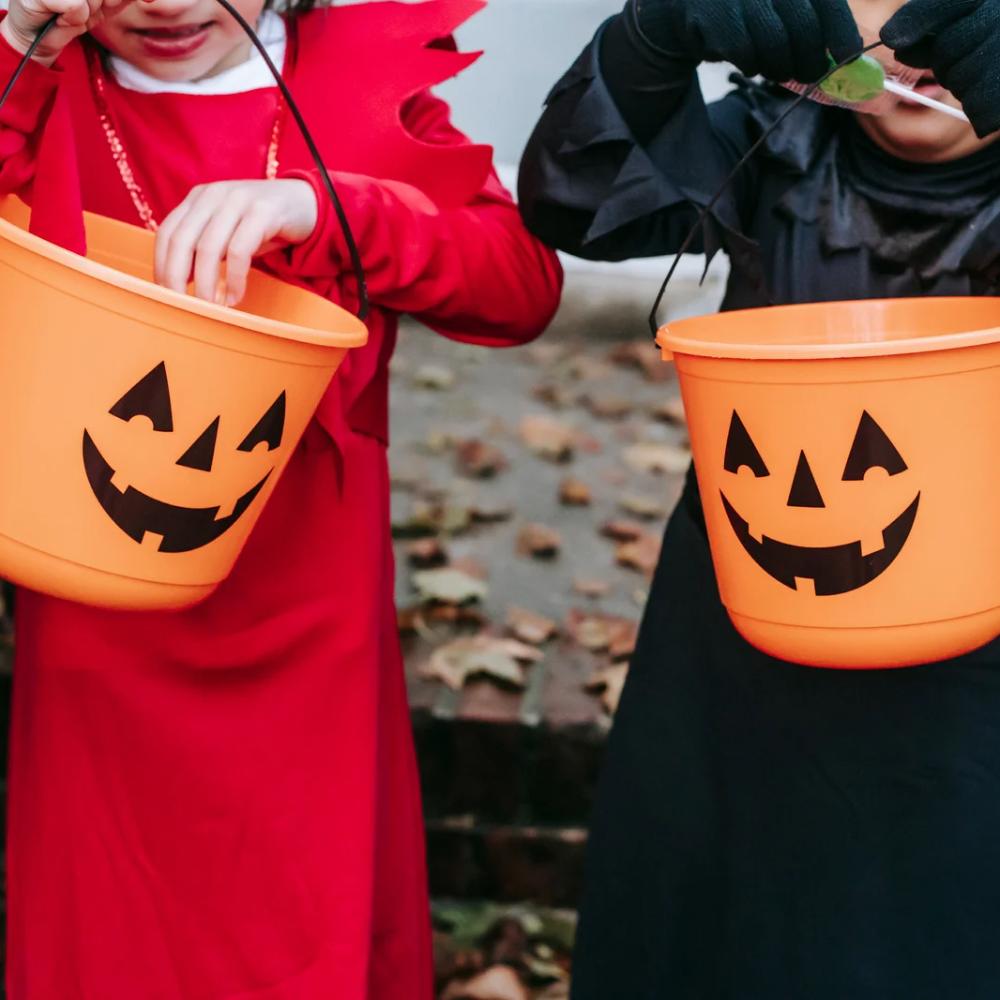Recently, the global trend of “workplace unboxing” has taken social media by storm—from fire trucks and ambulances to airplanes. Among them, the unboxing of a Dutch police car drew particular attention when sharp-eyed viewers noticed something unexpected: two teddy bears tucked inside the emergency kit.
These teddy bears aren’t just cute extras—they’re an essential part of the Dutch police emergency toolkit, which includes sirens, bulletproof vests, drones, breathalyzers, GPS devices, and fire extinguishers. According to the official Dutch police website, every patrol car must be equipped with two teddy bears, and this rule is strictly enforced. If a car is found missing one, the officer on duty may face a salary deduction or disciplinary action.
This isn’t an urban legend, nor is it limited to police cars—ambulances are required to carry teddy bears too. Why? Because in moments of crisis, police and paramedics need tools to comfort and calm children, and a teddy bear can do just that.
🎈 Small Toy, Big Impact: Why Teddy Bears Matter
The Netherlands Ranks #1 in Global Children's Happiness Index
The idea of using teddy bears to soothe children originated in the UK with the organization Good Bears of the World. As early as the 1980s, British citizens began donating teddy bears to police departments.
In the 1990s, Amsterdam police adopted this practice. When adults struggle to explain traumatic events to children, a teddy bear can offer immediate emotional relief. Hugging a soft toy helps shift a child’s focus, stopping tears and preventing deeper emotional trauma—especially when adults are still processing the incident themselves.
This simple, low-cost, high-impact method aligns perfectly with Dutch values of practicality and compassion. It’s no surprise that the public enthusiastically donates teddy bears to support the initiative.
Studies from NYU’s Institute of Psychological Analysis also confirm the effectiveness of comfort objects like teddy bears. They help children cope with separation anxiety and encourage healthy social interaction during stressful times.
In the Netherlands, children affected by trauma don’t just receive a teddy bear—officers and responders often go the extra mile by cooking meals, telling stories, and offering emotional support. Protecting children’s mental well-being is a top priority in emergency response.
It’s no coincidence that in 2013, UNICEF ranked Dutch children as the happiest in the world among 29 developed countries.
🐻 The “Bear Hunt” Challenge: A Pandemic-Era Uplift
During the COVID-19 pandemic, the Netherlands embraced a new trend: the Bear Hunt Challenge. From Amsterdam to Utrecht and Delft, families placed teddy bears in their windows, creating a city-wide scavenger hunt for children stuck indoors.
Inspired by the beloved British children’s book We’re Going on a Bear Hunt, the challenge encouraged kids to explore their neighborhoods safely. The story follows a father and his children on a whimsical bear-hunting adventure, perfectly capturing the spirit of curiosity and resilience.
Thousands joined the movement, with photos of window bears flooding Instagram. A dedicated Facebook page and Google Maps “bear hotspots” helped families plan their bear-hunting routes, promoting 2–3 hours of outdoor activity each day.

Teachers and parents alike supported the initiative, placing teddy bears in windows to spark joy and encourage children to get outside.
💛 Whether it’s the two teddy bears in every Dutch police car or the pandemic-inspired window bear challenge, the Netherlands shows us how small gestures can protect and uplift a child’s fragile heart. Sometimes, in the hardest moments, if you don’t have a teddy bear nearby—just offer a simple hug.
Credit: A Day Magazine







